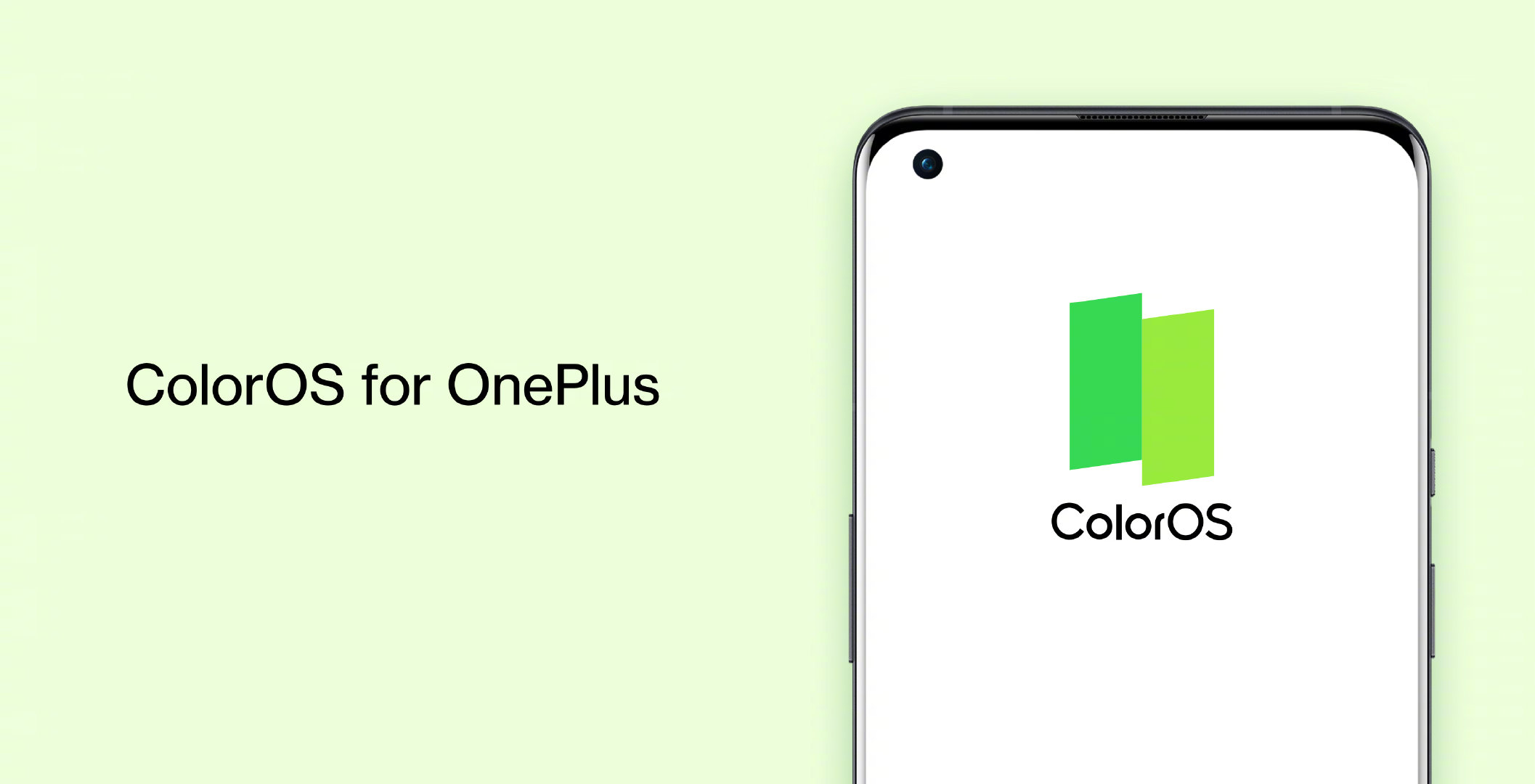The merger of two popular smartphone brands, namely OnePlus and Oppo has left the consumers in shock and awe. This is the first time that two successful companies owned by BBK electronics, the tech giant, have been clubbed together as one. The news is pretty distasteful as OnePlus was always destined and promoted as a superior, unique, and sophisticated design and its custom ROM, the Oxygen OS offered the cleanest user interface apart from stock Android. After so many years, the decision to merge an already perfect software experience with a Color OS, which is a work in progress makes little sense.
The proposed merger of the two operating systems is meant to bring performance changes to the Oxygen OS. Keep in mind that this clubbing is being performed at the code base level, so you may not notice any absurd UI changes for some time. The makers have assured that the global variants of the OnePlus phones will continue to run Oxygen OS for the foreseeable future. There isn’t any information about the region-specific variants and what would become of them after this proposed change is implemented.
OnePlus has been struggling with the software experience for quite a while and the new releases have made it even more difficult for the brand to maintain the update frequency or the quality. The recent flagships did not bear the same user experience as it was available on former OnePlus phones. We see it as a problem because of the brand trying to tap into other market segments rather than just phones. The primary examples being peripherals, Smart TVs, etc. It is overwhelming for a brand that earlier released only one or two smartphones a year to dabble among different segments.
OnePlus made it clear that the integration of the two operating systems is finalized and the older devices will begin receiving the update via an OTA update schedule for an upgrade to Android 12. For newer launches, the smartphones will run the merged operating systems out of the box


